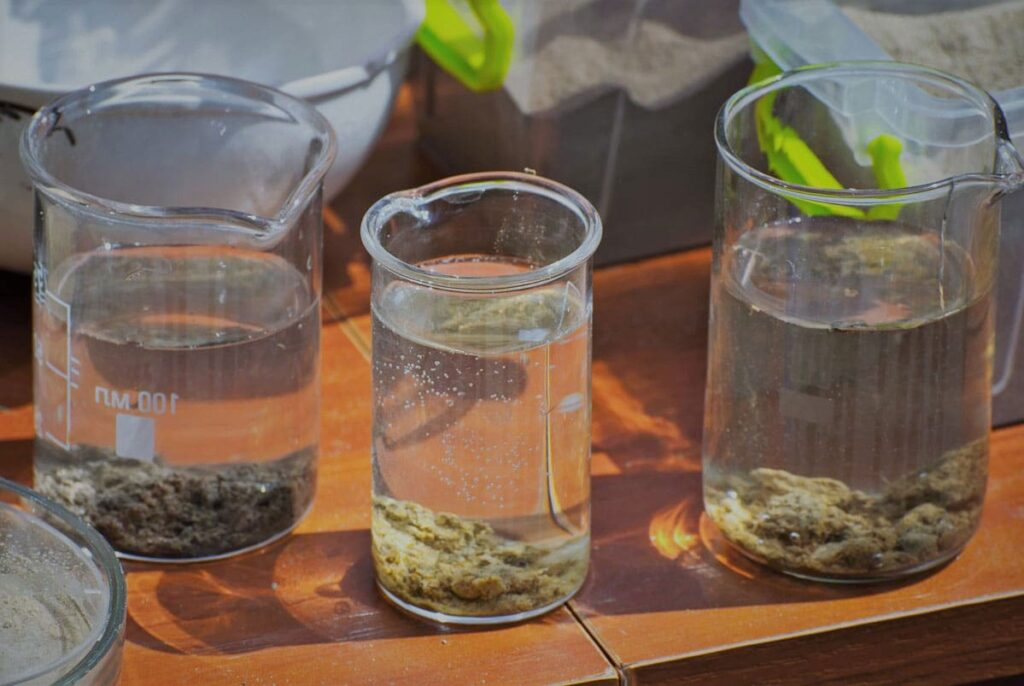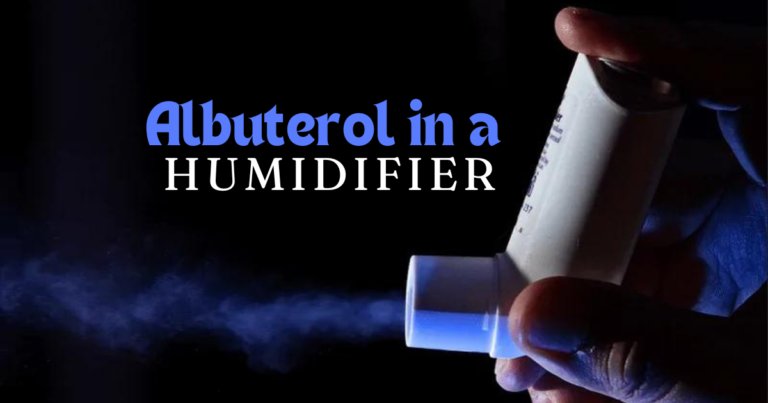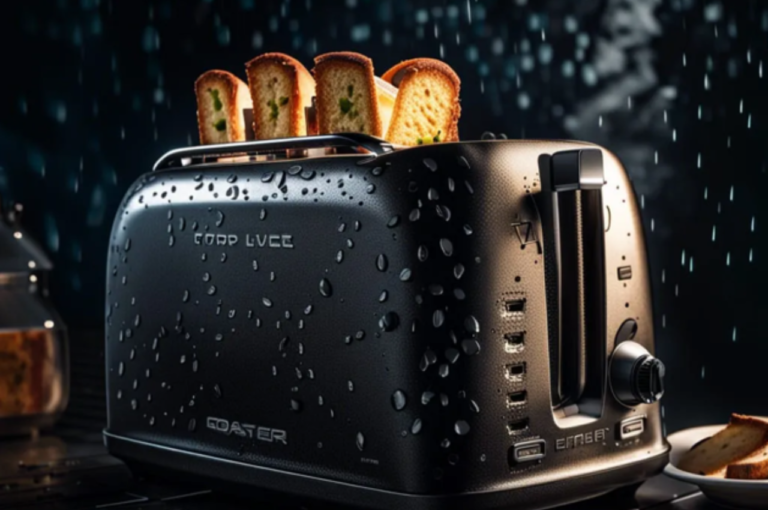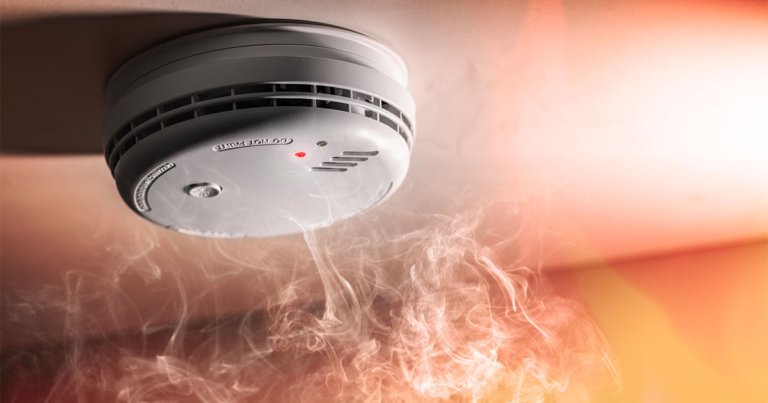Battling Mold with Water Filters: A Comprehensive Guide
Mold is a common concern for many homeowners, as it can cause a range of health problems and is often difficult to remove. If you’re concerned about mold in your home, you may be wondering if using a water filter can help.
In this article, we’ll explore whether water filters can remove mold and provide some tips on choosing the right filter for your needs.
Whether you’re trying to protect your family’s health or simply want to keep your home mold-free, understanding the role of water filters in mold removal is an important step.
Do Water Filters Remove Mold?
It depends on the type of water filter you are using and the specific type of mold you are trying to remove. Some water filters are designed to remove bacteria, viruses, and other contaminants from drinking water, but they may not be effective at removing mold.
Mold is a type of fungus that grows in damp or humid environments. It can be found in a variety of places, including on surfaces, in the air, and in water. Mold can cause a range of health problems, including allergies, asthma, and other respiratory issues.
If you are concerned about mold in your drinking water, you may want to consider using a water filter that is specifically designed to remove mold.
Some options include activated carbon filters, reverse osmosis systems and ultraviolet (UV) light filters. These types of filters can help to remove mold and other contaminants from your water supply.
It’s important to note that while water filters can be effective at removing certain contaminants, they may not be able to remove all types of mold.
If you suspect that your water may be contaminated with mold, it’s important to have it tested by a professional to determine the best course of action.
How Do Molds Grow in Water?
Mold may get into your water supply in a variety of ways. It can get into pipes from gaps and crevices, or animals can transmit it to birds or rats.
Mold can also get into your drinkable water if you live in a damp area. Mold can also develop on water filtration systems if not properly cleaned. Here are a few of the most frequent forms of molds that may grow in water:
Mold in your water container.
Mold can grow in your recyclable water container if it is not properly sanitized. While washing your contaminated water bottle, use a bottle cleaner to get into all the corners and crevices where mold could grow.
If mold forms in your water bottle, instantly rinse it and refill it with fresh water. Mix vinegar with water in a water bottle and keep it overnight to destroy up to 80% of mold germs. You should also put hot water into metal bottles of water.
Molds within the water pipeline.
Mold may infiltrate drinking water by pipe gaps and perforations. These fractures and holes can be created by various factors, including corrosion, cold conditions, storms, and other natural catastrophes. If mold forms within your pipes, you must address the issue as quickly as feasible to prevent mold from polluting your drinking water.
Molds within the water filter.
Mold can develop on a water filter that is not adequately cleaned, contaminating your water from the tap. Mold, for instance, can form on a paper filtration system if it is not changed consistently enough; mold can also grow on the filter sidewalls if they are not cleaned regularly.
Filter cleaning is critical to follow the manufacturer’s directions for replacement schedules and regular water.
Why is Drinking Moldy Water Dangerous?
To begin with, a few drops of moldy water will not harm you. Our digestive acidity is powerful enough to destroy most mold particles we ingest. Furthermore, consuming a large amount of mold-contaminated water might cause specific health issues.
- Brief contact with mold in drinkable water can produce various symptoms, including allergic reactions, fatigue, bloody noses, skin disease, lung troubles, and more.
- People who are intolerant to mold or have a compromised digestive system should proceed with care.
- Prolonged contact with mold in your drinking water can make you sick and create significant health concerns like poisonous mold, organ failure, and pneumonia.
If you suspect that you have mold in your drinking water, you should have the situation evaluated by a specialist. A water test will determine the type of mold prevalent and the degree of pollution.
How Can You Tell If Your Water Is Moldy?
Check if there is any unusual build-up in the water.
Examine your light fittings. Mold is most likely prevalent in your water supply if you see a slimy, microbe-like growth on your taps or around your water filter. Evaluate the area with a drinking water faucet for water damage or mold development. If you observe something like this, clean your water filter immediately and get expert assistance if necessary.
Different smells and tastes from your water.
It is not suggested as a test in and of itself. However, if you detect a stinky or moldy taste in water and if your water has a bad smell; and other individuals in your family corroborate it, you should seek expert assistance and perform a water purity test.
Water purity test in professional laboratories.
A water purity test will determine the type of mold existing as well as the degree of pollution. Expert water testing laboratories can perform these tests. More than 30 distinct species of mold and fungus are detected in your water by specialized laboratories. They will present you with a result and remedies within ten days after completing the exam.

How to Remove Mold from Water Filters?
Maintain your water filter.
If your water filter is cartridge-based, detach the filter and use a cleansing solvent to clean the cartridges and bottom. Chlorine, white vinegar, or sodium bicarbonate can all be used. Soak your filter with the solution of any three options mixed with water for about 30 minutes.
Tank-based filters are substantially harder to clean since the filter material cannot simply be removed to clean within the tank. Probably throw away the entire filtration once it’s finished. Also, ensure that all other sections of the home water filter are thoroughly cleaned.
Remove molds from your pipes.
Water pipes can be tough to clean. Because they are continually moist and dark, you will almost certainly be unable to stop mold from developing indefinitely. You may, though, keep it within check and disinfect them. Dump your cleaning liquid into your primary water source and flush your cold water systems to disinfect your pipes.
You can use chemicals, but we advise using something less harsh, such as vinegar. To flush your cold water lines, turn on the cold faucet in your kitchen sink and let it run for one to two minutes; then turn on the other taps in your home one at a time, allowing each to run for one to two minutes. Make sure to flush the equipment ports as well.
Clean and refill your water heater.
If you have mold in your water pipelines, you most likely have mold in your hot water system. Drain the entire contents of your tank-based water heater. You may accomplish this by turning on all of your home’s hot water taps and flowing the water for 20 minutes. Let it replenish once it’s emptied. It would help if you only utilized it for mild mold problems.
Clean your hot water tank using vinegar.
It is a considerably more complicated technique, so postpone it for more significant mold issues. Here’s how to do it: switch off and drain your heating element tank to consider removing the anode rod.
Depending on its size, pour 1-3 gallons of baking soda into your tank and replace the anode rod; allow water to fill up the tank, and let the solution sit for 7 hours before draining it; once the answer has been depleted, refill the tube with water and transform the tank strength back on.
Replace your water filter.
If you have taken all the necessary steps to remove the molds and control the growth of the molds, but nothing works out, it is time to replace your water filter. Before purchasing a new water filter, make sure to check the functions. Ensure proper maintenance for your new water filter to avoid further mold growth.
Must Read: Toaster Waterproofing: Myth or Reality? Everything You Need To Know
Frequently Asked Questions (FAQS)
How do you get mold out of water?
Boil two cups of water and dump it down the drain before running hot water from the faucet for a few minutes. Add a quarter cup of baking soda to the drain, add one cup of vinegar down the drain, let it stay for 20 minutes, and allow the mixture to remove the mold.
What occurs if you drink contaminated water?
You can become sick by consuming a contaminated water bottle since you are ingesting mold. Mold may cause various health issues, such as lung, headaches, cramps, vomiting, and inexplicable illnesses.
What are the symptoms and consequences of mold toxicity?
Mold toxicity side effects involve cognitive problems such as dizziness, poor memory, and anxiousness; intestinal pain, which can incorporate muscle soreness similar to fibromyalgia; unusual weight obtain or deterioration; loss of feeling and prickling in limbs or other parts of the body; a metallic flavor in the mouth, and so forth.
How long can mold take to get you sick?
The effects of mold toxicity include difficulty breathing, coughing, and losing weight that often emerges 3 to 10 hours after contact and might continue for up to four days.
How do mold headaches feel?
Mold exposure typically results in a nasal headache that feels like severe stress on your temples, nose, and inner ear. Fortunately, you may usually treat a sinus headache with pain relievers. Individuals frequently confuse migraines with sinus headaches.
Conclusion
Water filters are a fantastic method to offer clean water to your complete household. Still, they are not without flaws and cannot remove ingrown molds themselves. To remove the molds from your water and prevent mold toxicity, you must take some steps immediately. Such as-
- Maintain and monitor your filter regularly.
- Clean the water pipelines to remove molds.
- Test water purity in laboratories.
- Replace your water filter if repairing isn’t possible.







